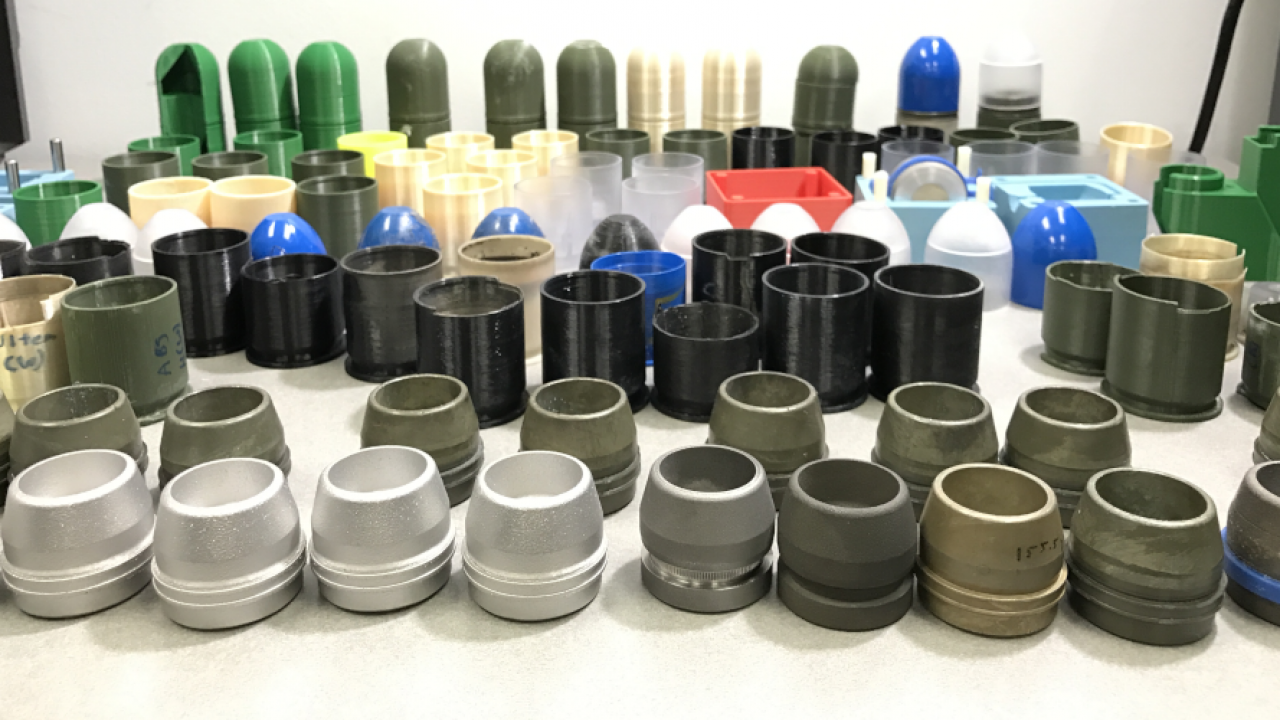Beginning your own plastic business can be fun once you realize how to make your own custom plastic molds. The opportunities for items you can make out of plastic molds are endless, and you can have numerous choices for items to showcase. However, there is a big misconception surrounding the idea of DIY plastic molding wherein most people think they can save a lot of money out of it. It is still ideal for working with professionals when it comes to plastic design and manufacturing, most especially if you are considering manufacturing top-quality plastic products out there in the market.
When you choose to do DIY plastic molding, wastes are inevitable since you do not have the right tools and machinery for the process. Yes, you may feel some sort of validation when doing DIY plastic molding, but you are not really able to save actual money from the process compared to letting professional plastic manufacturers take care of the process. The important thing is you are knowledgeable of the process, and you are not clueless about how your plastic manufacturer does it for you.
In this article, we will momentarily examine how we make plastic molds for our customers. A portion of the cycle and sub-measures included might be a touch like DIY plastic trim; however, the gigantic distinction is the in-betweens wherein the entirety of the cycles are drawn nearer at an expert level with the right abilities, information and instruments.
Making Plastic Molds the Professional Way
There are creation documents we need to get and are essentials to plastic trim. We can’t continue simultaneously on the off chance that we don’t have these. In the expert setting, we need to get a 3D print item test of the plastic item before we begin dealing with the plastic molds. By assessing the 3D print model, we can assess what type of plastic mold to use, whether we are sticking to a single mold or a 2-part mold. The 3D print model is the principle essential to our plastic molding creation.
Thinking of the 3D print model of your plastic item can be a monotonous cycle. It requires a bit-by-bit approach, and you can’t just plunk down and immediately make your 3D model. When your item plans are prepared, you need to attract them a CAD/plan record design. Assembling experts just engage plans that are in PC configuration record designs, while customary drawings and representations are disposed of immediately.
With the CAD/design file in hand, you can now work on the actual 3D print model. However, you don’t get rid of the computer design files once you finish using them as the basis for your 3D print model. Both models work hand in hand once the project reaches the production line. When making your 3D print model, you do not really have to use the actual material of the end product. The main focus is to be able to come up with a full physical prototype of the product, even minus the specifications. The measurements and dimensions must be kept in check and in line with what was said in the tech pack.
The 3D print model allows the manufacturer to assess how to make the plastic molds of the plastic product. Remember, there are various kinds of plastic trim, and the sort to utilize relies upon the plastic item you will make. The most regular sort of plastic trim is through infusion forming, wherein the plastic material is infused into the molds and permitted to cool and solidify until the material follows the state of the shape/s. Infusion forming is ideally suited for mass assembling on account of its productivity and fast preparation.
When making plastic molds, we use aluminum or stainless steel as its cast. If a plastic product has intricate details and features, we are equipped with the right machinery and technology to do precision sculpting and follow the pattern of the 3D image model. The design is often broken down into cavities, and we may create multiple cavities if necessary simply to fulfill the molds needed for the design. Given complicated designs, it is rare to settle with single molds in plastic manufacturing.
Conclusion
Following this professional step-by-step process in how to make your own molds does make a huge difference compared to the DIY approach. Having a structured program for your plastic manufacturing process keeps things organized, and you get to enjoy benefits that are not easily evident if you are thinking of making the DIY approach. Numbers won’t show right away, but statistics have proven time and again our professional approach in making plastic molds works for all the companies we have worked with.







